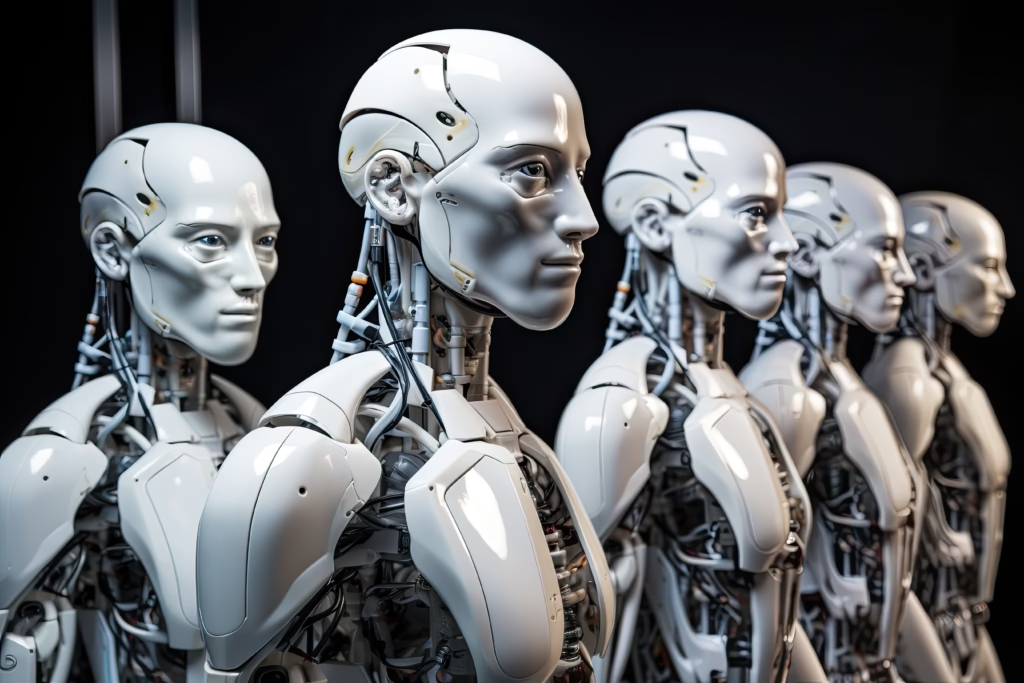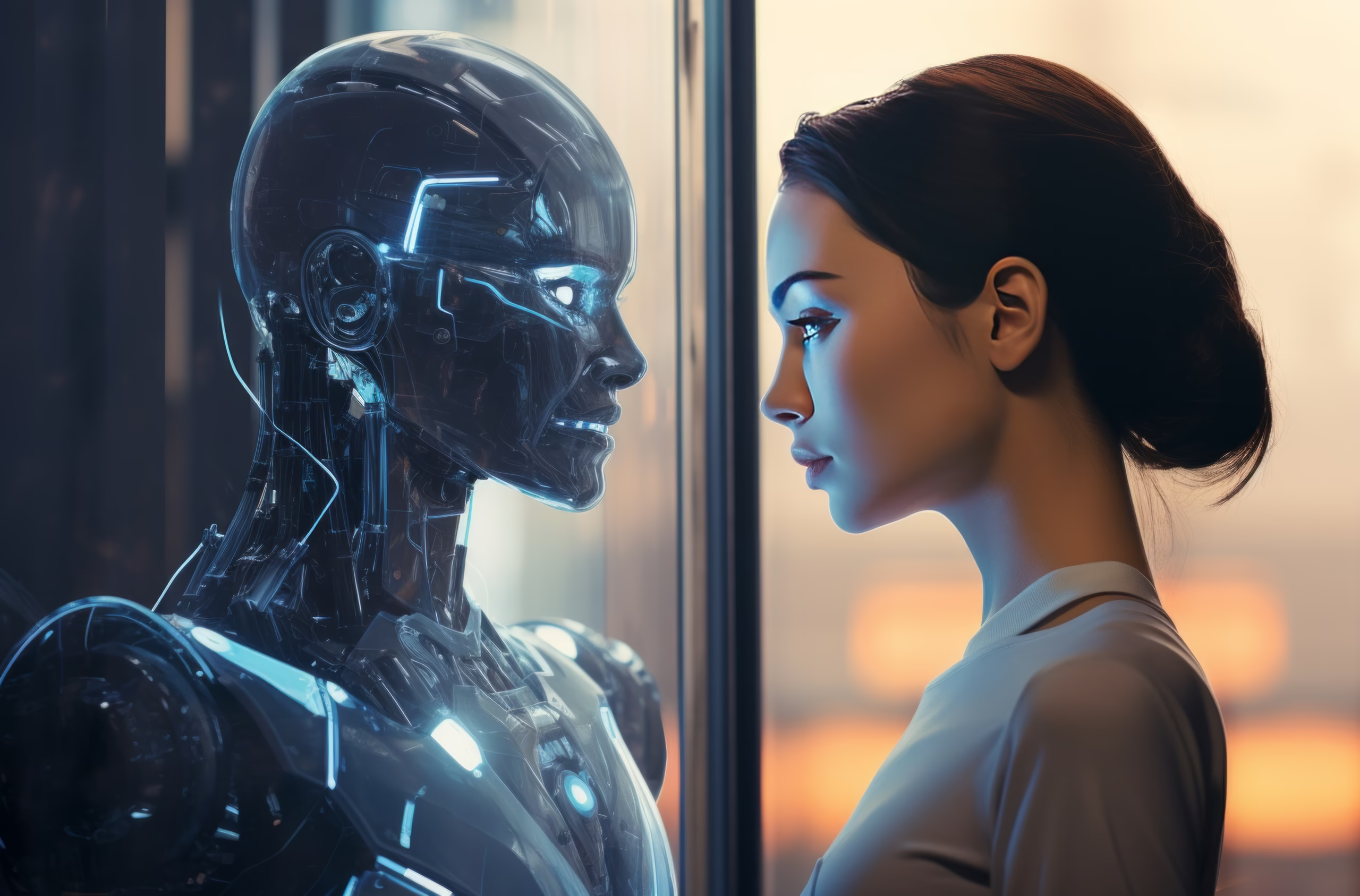Automation has been steadily advancing for decades, and we’re now entering an era where robots are doing more than just simple, repetitive tasks. Industries such as healthcare, manufacturing, retail, and even agriculture are now using robots for complex operations. Can robots replace humans or just be tools to help humans work better?
The use of robots replace humans workers raises job displacement concerns, notably in labor-intensive sectors. On the other hand, robots bring increased efficiency, precision, and the ability to perform dangerous tasks, often with fewer errors. This post dives into the various sectors that robotics and automation are transforming, exploring what the future might hold.
Why Robots Are Replacing Humans in the Workplace
There are several reasons why robots replace humans in the workplace. First and foremost, robots can perform tasks more quickly and accurately than humans. Robots excel at tasks without fatigue, breaks, or errors. This leads to higher productivity and reduced operational costs for businesses.
Furthermore, robots are capable of taking on dangerous tasks that would pose risks to human workers. For instance, Industries are increasingly using robots in hazardous environments such as nuclear plants, mining operations, and disaster response areas. These machines are able to work in conditions that would be unsafe for humans, keeping workers out of harm’s way.
Manufacturing: The First Industry Where Robots Replace Humans
Manufacturing has been at the forefront of automation for years. It’s in factories that we first saw robots replace human workers on assembly lines. Robotic arms can weld, assemble, and package products with a level of precision that humans can’t match. These machines work tirelessly around the clock, improving efficiency and reducing the risk of errors. In short, robots replace humans in many ways.

The benefits are clear: businesses can produce more products at a faster rate while reducing the cost of labor. However, the downside is that these technological advancements have led to a significant reduction in factory jobs, especially in roles that involve repetitive, manual labor. As robots take on more tasks, it raises concerns about the future of human workers in manufacturing.
Healthcare Innovations: How Robots Are Replacing Humans in Medical Roles
The healthcare industry has been one of the most impacted by robotics. Robots are transforming everything from surgery to patient care. Surgical robots like the da Vinci system assist doctors in performing highly precise procedures, often with smaller incisions and faster recovery times for patients. These robots don’t replace the doctors but enhance their ability to perform complex surgeries.
In hospitals, robots are also helping with routine tasks. For example, Individuals are using robots to deliver medications, transport equipment, and even assist with physical therapy. They’re improving hospital efficiency and allowing healthcare professionals to focus more on patient care. However, despite the benefits, robots can never fully replace the human element of healthcare, particularly in the areas of empathy, communication, and patient interaction.
Robots Replace Humans in Retail and Customer Service: What It Means for Jobs
Robots are also making waves in retail and customer service. Self-checkout kiosks, automated inventory management, and robots that assist customers are becoming more common. In retail stores, Companies use robots for stocking shelves, cleaning floors, and even interacting with customers. For instance, robots equipped with AI can answer customer questions and guide them to the products they’re looking for.
While these innovations improve customer experience and reduce labor costs, they have significant implications for jobs in the retail and service industries. Cashiers, stock clerks, and customer service representatives may find their roles diminishing as robots become more widespread. This shift could lead to job displacement, especially for workers who may not have the skills to transition into new roles.
Transportation and Delivery: How Robots Are Taking Over Human Roles
Self-driving vehicles and drones are increasingly taking over transportation and delivery tasks. Companies like Tesla and Waymo are already using autonomous vehicles for ride-sharing services, and drones are delivering food and packages to consumers. These robots offer significant advantages in terms of speed, efficiency, and cost.
Self-driving trucks are also poised to transform the logistics industry and reduce the need for human truck drivers. While this technology promises to improve efficiency, it also raises concerns about the future of human drivers, especially in sectors like trucking, delivery, and even public transportation. As these technologies evolve, automation may take over more transportation roles, leaving a large portion of the workforce to find new opportunities.
Agriculture Transformation: Robots Replace Humans in Farming Tasks
Farming is another industry that is experiencing automation. Robots and drones are used to monitor crops, plant seeds, and even harvest fruits and vegetables. Automated machines can cover vast areas of farmland quickly and efficiently, making agriculture more productive and sustainable.
These robots help solve some of the challenges faced by the agricultural industry, such as labor shortages and the increasing demand for food. However, small farmers may struggle to afford these high-tech tools, and traditional farming practices may be disrupted as the industry shifts towards automation.
Education Sector: Will Robots Replace Humans as Teachers?
The idea of robots replacing teachers has sparked debate in the education sector. While robots can’t replace the human connection between teachers and students, AI-driven tutoring systems are becoming more common. These systems can provide personalized lessons, grade assignments, and offer feedback.
In the classroom, robots may assist teachers by helping students with basic lessons or offering educational games that make learning more interactive. However, despite these advancements, human teachers remain essential for providing emotional support, critical thinking guidance, and social interaction—areas where robots are still lacking.
Creative Industries: Can Robots Replace Humans in Art and Writing?
Creativity is often seen as a uniquely human trait, but robots are starting to make their mark in the creative industries. AI-generated music, paintings, and even written content are becoming more common. These machines can create impressive works, but they still lack the emotional depth and personal touch that human artists bring to their craft.
For instance, while AI can write articles or compose music, it doesn’t have the same life experiences, emotions, or personal perspective that inspire human creators. Robots may assist in the creative process, but they’re unlikely to fully replace artists, writers, or musicians any time soon.
Ethical Questions When Robots Replace Humans in Dangerous Jobs
One of the key advantages of robots is their ability to take on dangerous jobs. Whether it’s mining, firefighting, or working in hazardous environments, robots are increasingly being used to protect human workers from harm. However, this raises ethical questions about the decisions robots will make in life-or-death situations.
For example, in emergency response scenarios, robots may be tasked with making critical decisions. Who is responsible if a robot fails to perform correctly? And what happens to the workers who lose their jobs as a result of automation? These are important issues that need to be addressed as robots take on more dangerous roles.
Are We Ready for a World Where Robots Replace Humans?
The rise of robots replace humans is both exciting and concerning. While automation brings countless benefits, such as increased efficiency and safety, it also presents challenges that society must address. Job displacement, ethical questions, and the future of human workers all need to be considered as we move towards a more automated world.
Are we ready for a future where robots replace humans in many sectors? The answer depends on how we adapt to this change. By reskilling the workforce, addressing ethical concerns, and ensuring that technology benefits everyone, we can navigate this shift and create a world where robots and humans work together.

